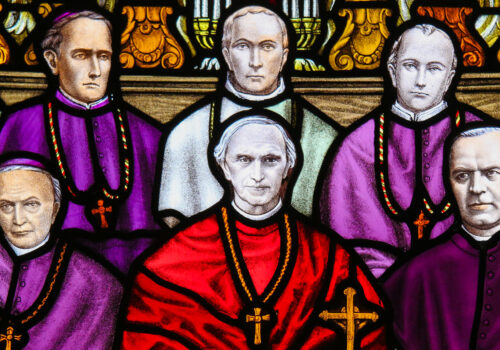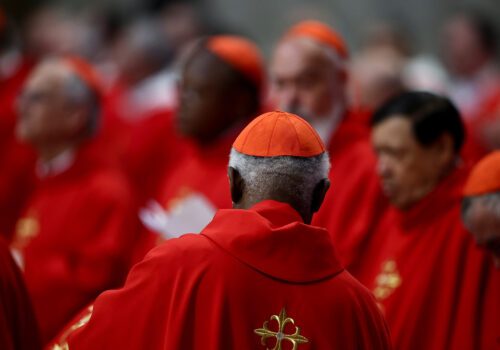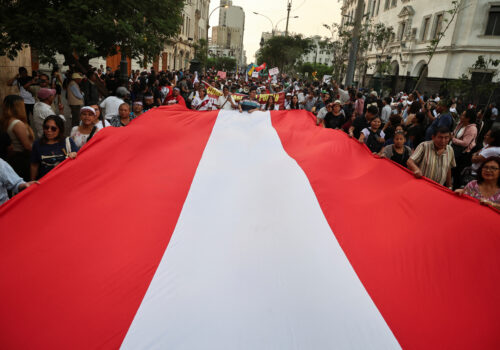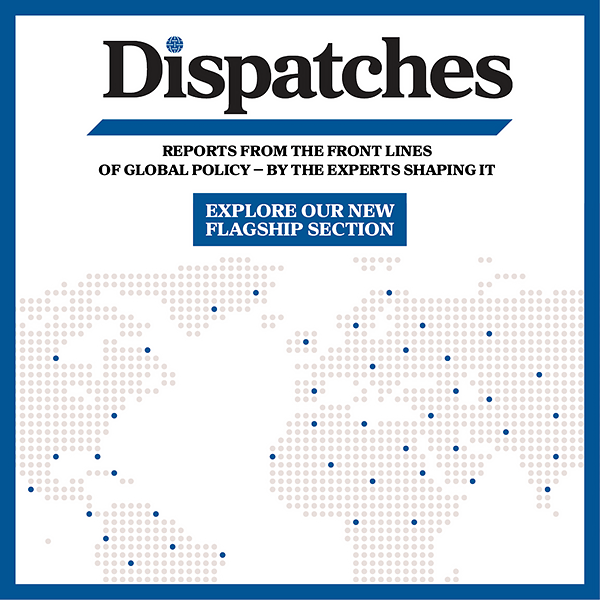As global headlines celebrate the election of Pope Leo XIV—Robert Francis Prevost—as the first American pope, another nation three thousand miles south of the United States loudly claims him as one of its own. Though born in Chicago, Pope Leo XIV spent over two decades living and working in Peru and became a dual US and Peruvian citizen in 2015, forging a personal and spiritual bond with the Andean country that remains little known to the wider world. His identity as a dual citizen could be a defining characteristic of his papacy and, if channeled in his work, could shape US–Latin American relations.
The election of a pope thrusts a previously little-known figure onto the world stage and places significant geopolitical influence in his hands. As head of state of the Holy See, the pope oversees a vast diplomatic network and holds a moral authority that resonates across both the spiritual and political spheres. Each new pontiff brings a unique imprint to the role. Pope Francis, for instance, drew deeply from his experience working with marginalized communities in Argentina—a perspective that shaped the priorities and tone of his papacy from the beginning. In his first speech to the world as the new pontiff, Pope Leo XIV addressed the crowds in Spanish and greeted “his beloved Diocese of Chiclayo in Peru,” perhaps an early sign that his US–Peruvian identity will leave an imprint on his papacy.
This unique combination of identities could represent more than just mere symbolism. It may also help Pope Leo XIV reframe the US–Latin American relationship in more humane and values-driven terms. To do so, he will need to pick up where Pope Francis’s social justice work left off, but better communicate the shared humanity of people across the hemisphere to a US audience, who increasingly disapproved of Pope Francis and his views during his papacy.
Two decades in Peru
As a missionary and priest in towns and cities across Peru, Pope Leo XIV worked with marginalized communities during some of the country’s most turbulent decades. The 1980s and 1990s in Peru were marked by hyperinflation, an internal armed conflict between Maoist guerrillas and the Peruvian military that left an estimated seventy thousand people dead, and a dramatic erosion of the rule of law. During this period, he became a vocal advocate for vulnerable populations and sought to hold those in power accountable for the lives lost amid the violence and political breakdown.
In 2015, Pope Francis appointed him apostolic administrator of the Diocese of Chiclayo, a coastal city in Peru, a role he held until 2023. In this position, he became known for his closeness to rural communities and his support for social programs, including efforts to combat child malnutrition. As more than 1.5 million Venezuelan migrants escaped to Peru seeking asylum during his eight years in the Diocese of Chiclayo, Prevost showed care and defended their right to migrate. In 2023, he also publicly condemned the violent crackdown by Peruvian security forces against protesters, reinforcing his long-standing commitment to human dignity and justice. To this day, many Peruvians remember him as a priest who never hesitated to walk alongside the country’s poorest and most forgotten.
The unlikely blend of US and Latin America
One of the most distinctive aspects of Pope Leo XIV’s leadership may be his ability to bridge two regions across the same hemisphere. Within the Vatican, he was informally known as the “Latin American Yankee,” a nickname that captures both his dual identity and his capacity to bridge a hemisphere that increasingly finds itself at odds. While the Catholic Church is rarely seen as a central force in US–Latin American relations—with the notable exception of Archbishop Óscar Romero’s outspoken role in El Salvador’s civil war between the US-backed right-wing government and leftist guerrillas in the 1970s—it retains profound cultural and political influence in both places. The church shapes civic life, public debate, and electoral outcomes.
A pope who understands both the hopes of a campesino (small-scale farmer) in northern Peru and the concerns of a middle-class worker in the US Midwest is uniquely positioned to act as a moral and diplomatic bridge. To do so, he will need to carefully weigh his rhetoric on US politics, particularly on immigration, and forge a message of peace that cuts across political divides in the United States—no small feat at a time of increasing political polarization. As a result, Pope Leo XIV could help inspire a shift toward a US–Latin American relationship grounded not just in transactional interests, but in dignity, shared values, and common humanity.
Martin Cassinelli, a native of Peru, is an assistant director at the Atlantic Council’s Adrienne Arsht Latin America Center.
Further reading
Thu, May 8, 2025
Pope Leo XIV’s electors represented Catholics’ changing economic distribution
Econographics By
While the direction Pope Leo XIV will take the Church is unclear at this early stage, he’s unlikely to reverse Pope Francis’s push to elevate voices from the Global South.
Tue, May 6, 2025
The next pope may be African—or not. Either way, Africa is at the forefront of today’s Roman Catholic Church.
New Atlanticist By Alexander Tripp
An African pope is not a given in this conclave or the next, but African agency and leadership in the twenty-first-century church is.
Thu, Mar 27, 2025
Peru’s crime wave: A populist opening or a chance for reform?
New Atlanticist By Martin Cassinelli
Solving Peru’s security crisis will require institutional reforms that combat political corruption and address the root causes of crime.
Image: A woman holds an image of Cardinal Robert Francis Prevost in front of the Cathedral of Saint Mary in Chiclayo, Peru, after he was elected the new Pope, May 8, 2025. REUTERS/Diego Torres Menchola.




